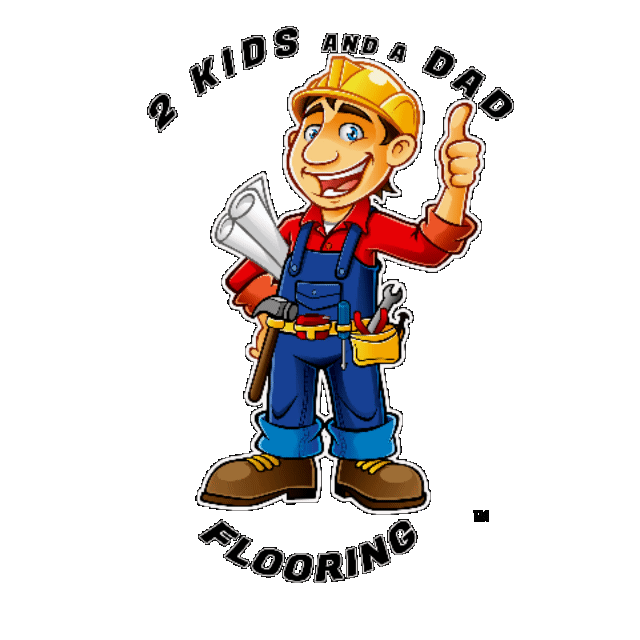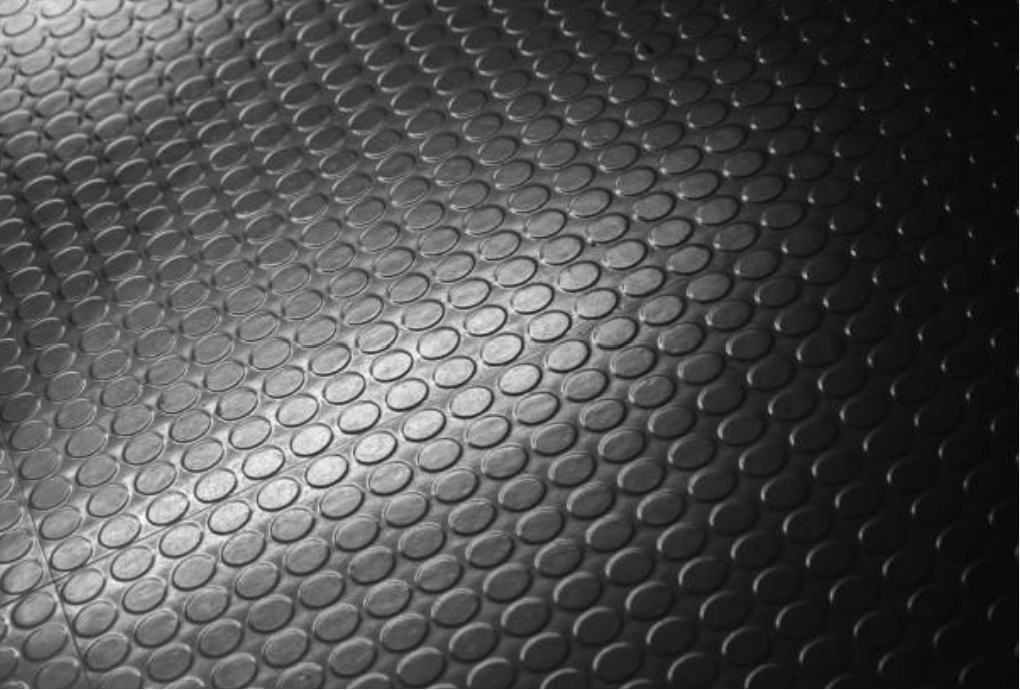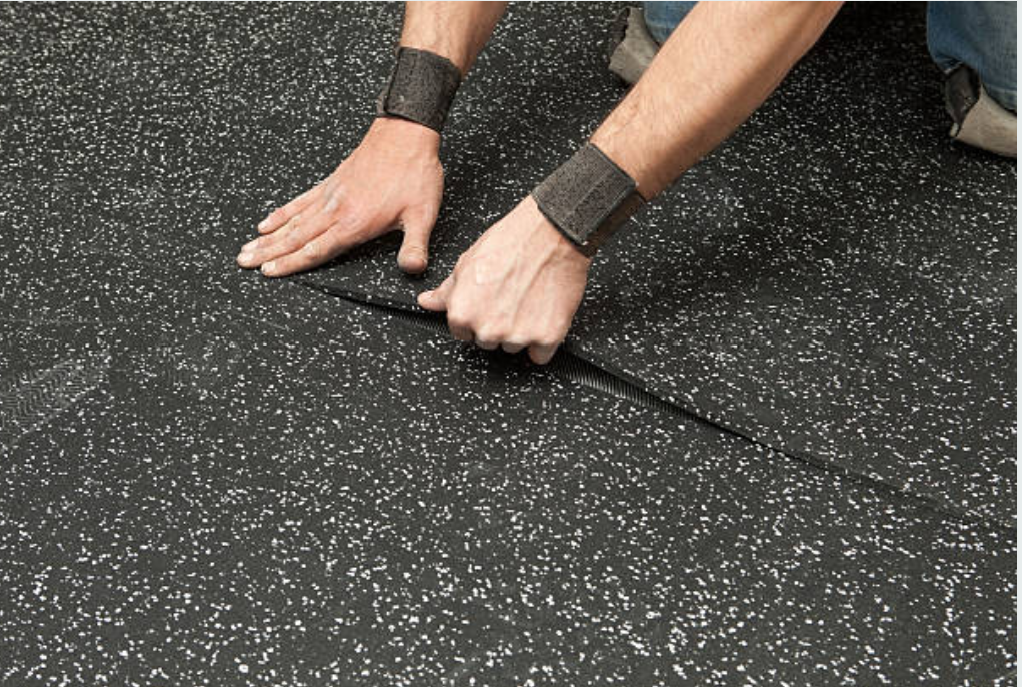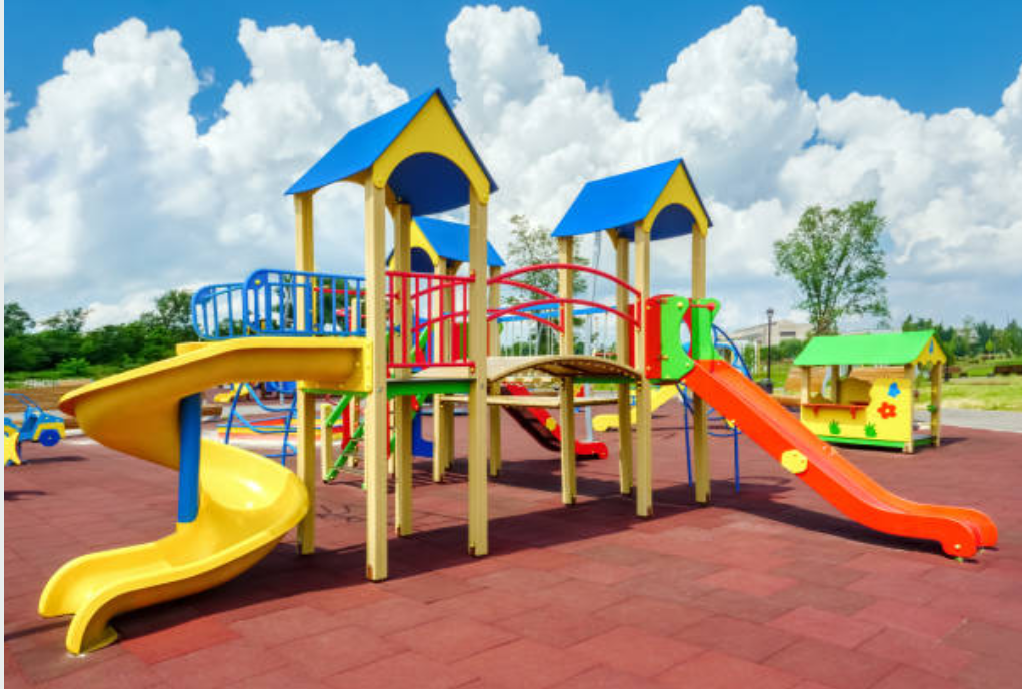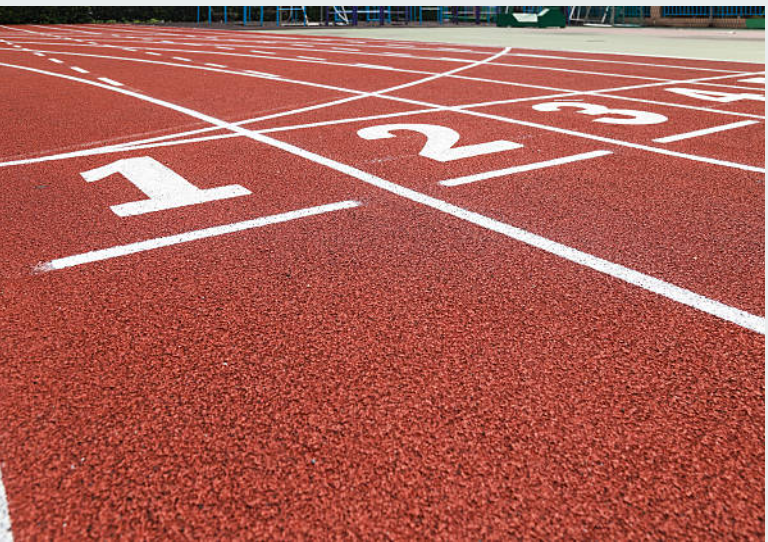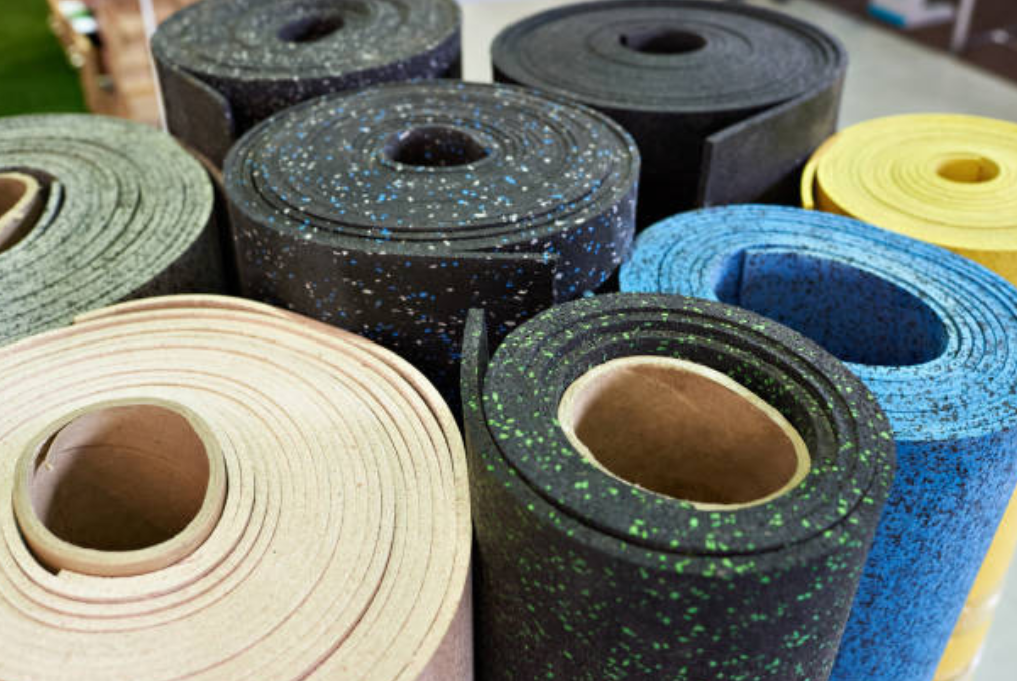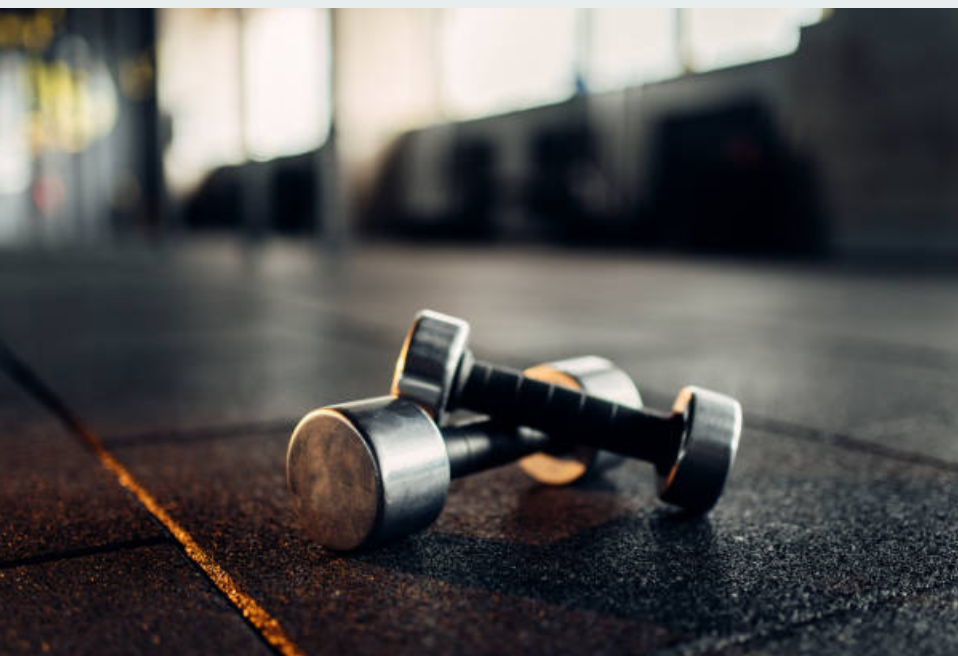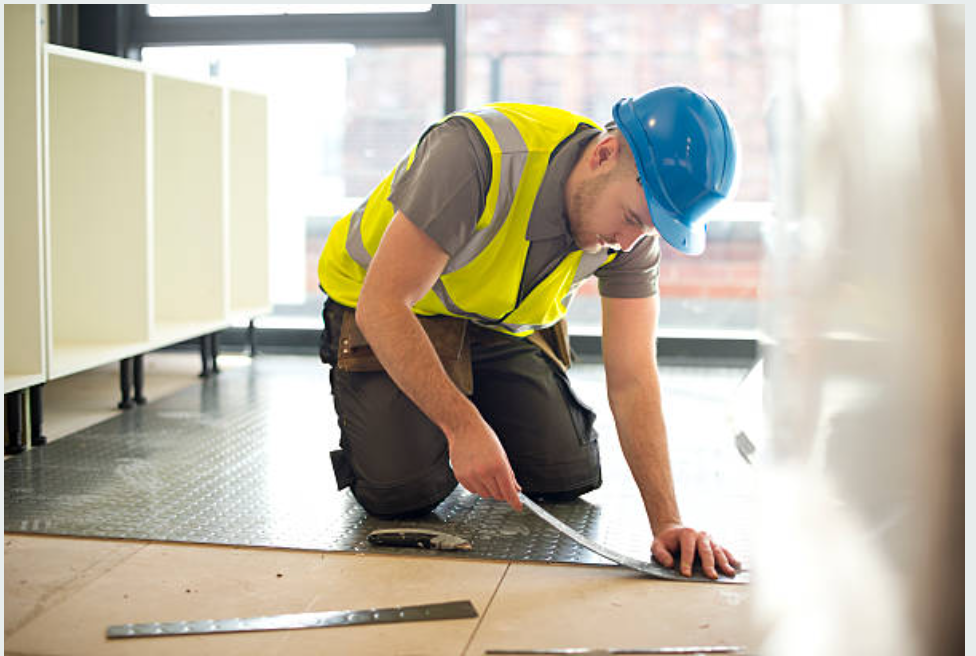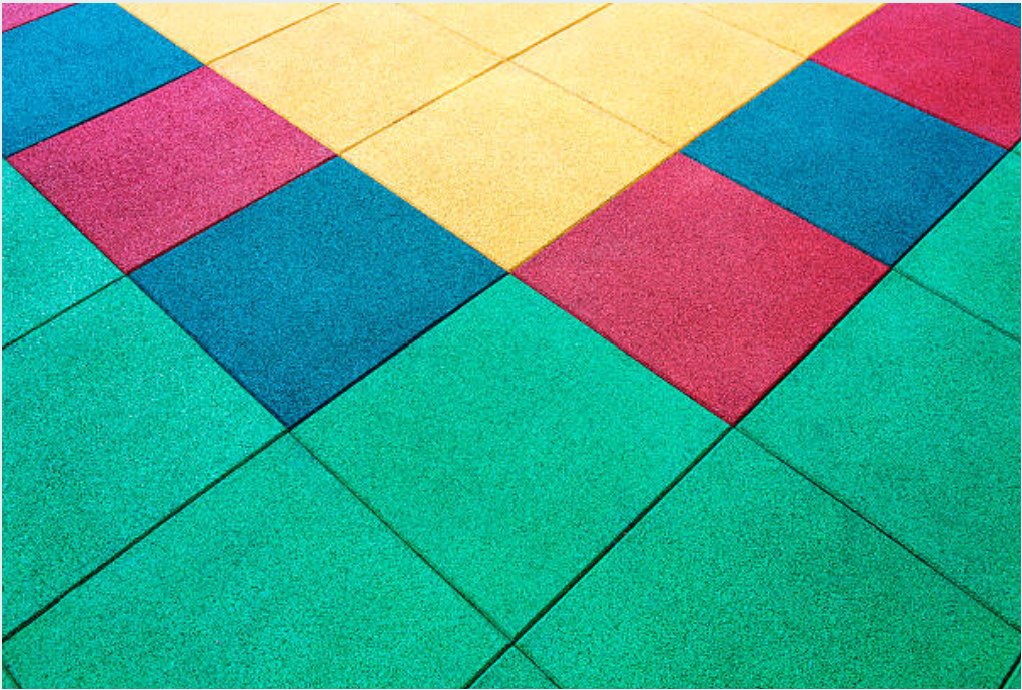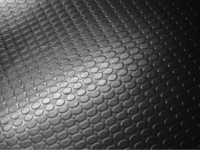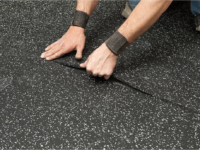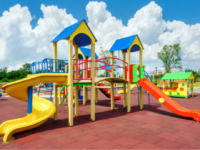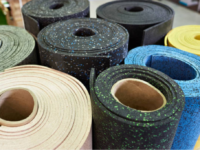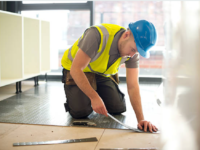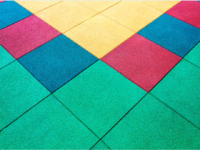Download Brochures
Rubber Flooring!
Rubber flooring is a resilient and versatile flooring option made from natural or synthetic rubber materials. Here's some key information about rubber flooring:
Composition:
Rubber flooring is typically made from either natural rubber, derived from the sap of rubber trees, or synthetic rubber, produced from petroleum-based materials. These materials are processed and formed into sheets, tiles, or mats for installation.
Durability:
Rubber flooring is known for its durability and resilience, making it suitable for high-traffic areas in both residential and commercial settings. It can withstand heavy loads, impacts, and wear and tear without showing signs of damage.
Comfort:
Rubber flooring provides a soft and cushioned surface underfoot, offering comfort and support for standing, walking, and exercising. It helps reduce fatigue and strain on the joints, making it ideal for areas where people stand for extended periods.
Safety:
Rubber flooring offers excellent slip resistance, even when wet, making it a safe choice for environments prone to spills or moisture, such as kitchens, bathrooms, and gyms. It also provides shock absorption, reducing the risk of injuries from falls or impacts.
Sound Absorption:
Rubber flooring has acoustic properties that help absorb sound and reduce noise transmission between floors. It creates a quieter and more peaceful environment by dampening sound vibrations, making it suitable for residential and commercial applications.
Water Resistance:
Rubber flooring is inherently water-resistant, making it suitable for areas where moisture or spills are common. It's often used in bathrooms, kitchens, laundry rooms, and locker rooms, where traditional flooring materials may be susceptible to water damage.
Easy Maintenance:
Rubber flooring is easy to clean and maintain. Regular sweeping or vacuuming, along with occasional mopping using a mild detergent, helps keep the surface free of dirt and debris. Some rubber flooring products may have antimicrobial properties to inhibit the growth of bacteria and mold.
Versatility:
Rubber flooring is available in a variety of styles, colors, and textures to suit any design aesthetic or application. It can be installed as sheets, tiles, or interlocking mats, allowing for customization and flexibility in design.
Environmental Considerations:
While synthetic rubber flooring is made from petroleum-based materials, some manufacturers offer eco-friendly options made from recycled rubber or sustainable sources. Additionally, rubber flooring is recyclable at the end of its life, reducing its environmental impact.
Cost Considerations:
The cost of rubber flooring varies depending on factors such as the type of rubber (natural or synthetic), thickness, texture, and installation method. While it may have a higher upfront cost than some other flooring options, its durability and longevity make it a cost-effective investment over time.
Rubber flooring's combination of durability, comfort, safety, and versatility makes it a popular choice for a wide range of applications, including homes, schools, healthcare facilities, gyms, and commercial spaces. Whether you're looking for a resilient and slip-resistant surface for your kitchen or a cushioned and shock-absorbent flooring solution for your gym, rubber flooring offers practical and reliable performance.
RUBBER FLOORING!
We are here for all of your FLOORING needs 24/7/365.

